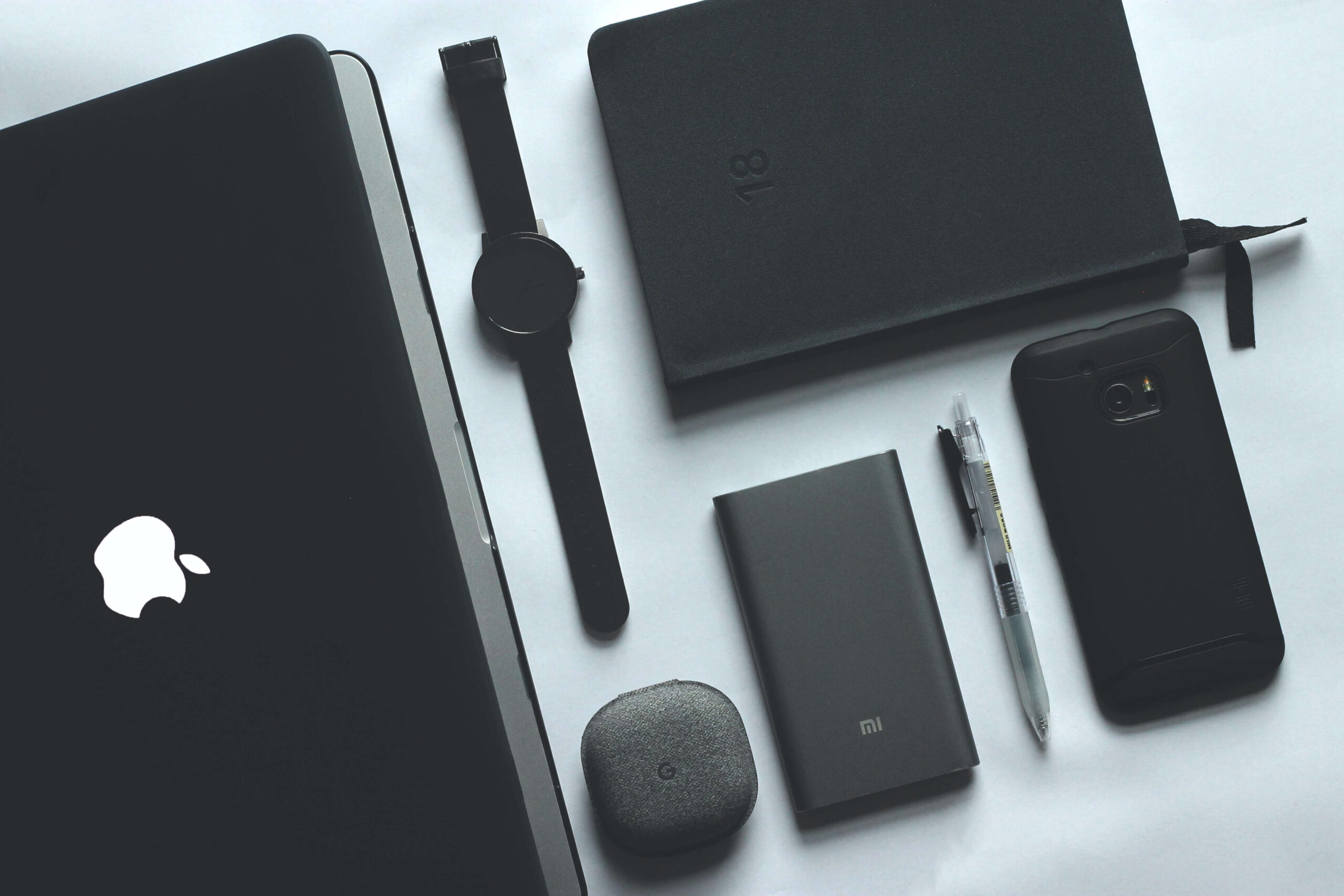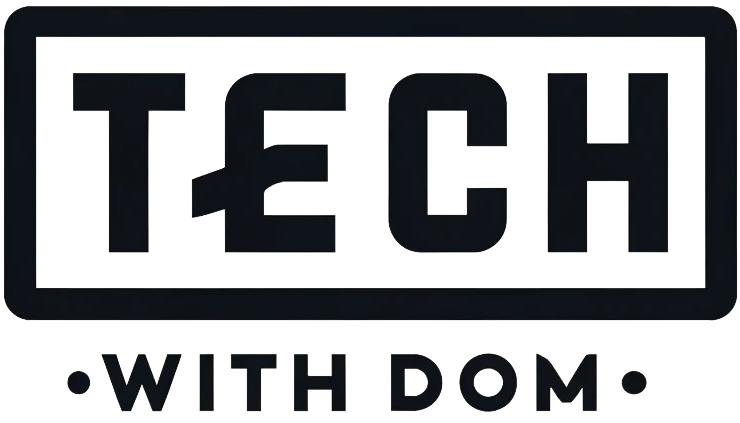What You Need to Know Before Switching to a Multiplatform Ecosystem

Have you ever thought to yourself about getting a phone that isn’t an iPhone or a laptop that isn’t a MacBook? You’re in the right place!
Last year, I decided to migrate from an all-Apple ecosystem to a more open, multiplatform one with several different manufacturers and devices including Apple!
Was it a good decision? we’ll discuss that later in this blog post. First, I wanted to share the things you should be aware of before making that decision.
So without any further ado, here are 5 things you should be aware of before switching to a multiplatform ecosystem…
1. Cost Implications
For starters, I wanted to talk about the potential cost implications of switching to multiplatform. I mean it can seriously cost you a lot of money depending on how far deep you are into your current ecosystem.
I think that it’s crucial that you try the device before you actually buy it. Smartphones are great when it comes to this sort of thing because phone shops will often have display models which allow you to use the phone and get a feel for what it’s like. The same can be said for a number of other electronics such as laptops and speakers.
I think that trying out a device before you actually buy it is a great idea because you get to feel the device and see whether it will match your needs. Especially if you are planning to spend a lot of your hard-earned cash on it.
As a whole, switching to a multiplatform ecosystem will cost you money, that’s why you need to be certain that you want to make the switch. You also need to do a lot of research, but we’ll discuss that later.
2. Compatibility Issues and Ecosystem Lock-ins
The second thing I wanted to talk about is compatibility issues because you are very likely to come across them, especially if you use services like iCloud.
On top of that, many manufacturers add features to their devices that just aren’t available on other devices causing what I call an ecosystem lock-in.
One of the first things I found when I switched from my iPhone to a Pixel 6 Pro was the fact that many of the apps I loved and used were simply not available on Android. I had to search for new alternatives to these apps. Things 3 is a perfect example of this.
I also needed to migrate from iCloud to a more suitable cloud alternative as I couldn’t access it on my Pixel 6 Pro. After trying out Google Drive and OneDrive, I found OneDrive to work better for my needs, mainly due to the way it functions on all my devices.
You also need to consider hardware compatibility, I mean I’m a huge fan of Apple Watches, I think that they are brilliant and they work really well with iPhones, but that’s the problem. They work well with iPhones, but they don’t work with other manufacturers like Samsung and Google meaning that if you want to use an apple watch, you need to use an iPhone.
At present, I am daily driving the Google Pixel Watch, which I think I think is a brilliant smartwatch, but I still feel that the Apple Watch is better in many ways.
3. Learning Curve
Having used Android before and being brought up on Windows, I think it’s fair to say that I didn’t have to deal with a major learning curve. In fact, the only thing I had to learn is the features of the phone as well as shortcuts which I now use on a daily basis.
I seriously think it’s worth learning your devices model specific features as you may be surprised by some of the things it can do!
On the other hand, if you are someone who has never used an Android phone or a Windows laptop before you may find it difficult to adjust to the new device. Personally, I recommend watching YouTube videos of people guiding you through the features of the device as well as some useful tricks, something I’m hoping to do more off on my YouTube channel.
In general, the best thing you can do to help you learn how to use the device, its features and its abilities is to simply use the device and play around with some of the features.
4. User Experience
It’s important to consider the user experience, I mean if you’ve been using a single ecosystem for a long time you will be used to all of your devices playing well together. But if you start to add other devices to the game, you will need to ensure they are compatible in some way.
The solution may be easy, but it may also involve a lot of workarounds. For example, instead of using AirDrop to send a photo, I can send it via Messenger or WhatsApp.
It’s worth bearing in mind that your overall user experience will be different from the one you are used to, for that reason, you need a lot of patience and understanding of how the device works and how it connects to the rest of your devices.
Due to the fact that you are using and connecting devices from different brands into one ecosystem, you will come across issues, but it’s important not to forget that there may be a reasonable solution to your issue already in existence. That’s why it’s always worth searching your query on Google or even YouTube.
5. Research
I wanted to leave research last for a reason, I wanted to give you examples of why research is important in the above points so that we can discuss it in a dedicated section.
Whenever you are planning to spend a vast sum of money or you are looking to replace devices with different ones, research plays a critical role in the process. I mean at the end of the day, not only can it save you money, but it will also save you the hassle of trying to get your device working with your ecosystem.
Back when I was in the Apple Ecosystem, I wanted to add smart home devices to HomeKit that weren’t natively compatible. My research has lead me to HomeBridge which I installed onto a Raspberry Pi and I was able to devices from brands that natively don’t support the ecosystem.
It was a huge win!
Was it Worth Switching to a Multiplatform Ecosystem?
Based on my overall experience, I think it was seriously worth switching to a multiplatform ecosystem. It allowed me to explore other devices and use them in my daily life.
At present, I use a Windows 11 computer, an iPad Pro as well as a Google Pixel 7 Pro, Pixel Watch and Pixel Buds Pro which I think work really well with each other and most importantly of all match my needs incredibly well.
I definitely think it’s worth exploring and investing in devices from different brands, but I also want you to know that it may not be as easy as it was in your previous ecosystem and you may need to configure devices to work with each other and sacrifice some of the apps you love.
Have you ever thought about switching to a multiplatform ecosystem? Let us know your thoughts in the comments!
